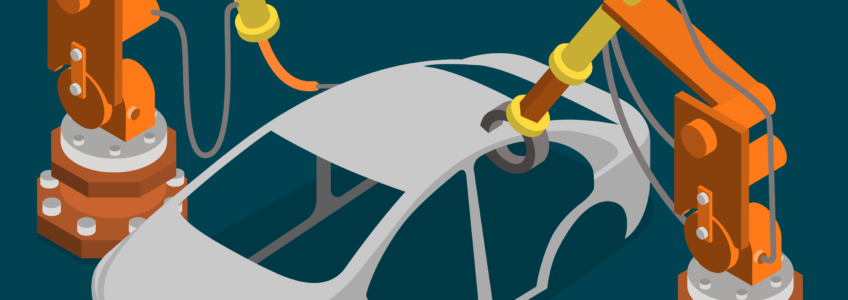
We thought it would be interesting (and fun) to take a look at Automotive M&A (OEM) history — and the implications for who might be next in line for a deal. Although everyone loves to talk about potential mega-deals, more often it is smaller transactions — brands being bought and sold (with or without production and R&D resources). Here are the summary findings:
- Takeovers of entire companies are historically relatively rare
- Buying brands (e.g. Opel) or part ownership is far more common
- Deals are often based on emotion as well as acumen and history is relevant
- There are several companies or brands that may catch a buyer’s eye
- Likely interest from companies with portfolio gaps and technology companies looking to pair driverless technology with mechanical know-how
- Substantial controlling interests remain — deals rely on chemistry as well as compelling business logic
You can find the detailed presentation here. It’s worth a quick look as there are some interesting pages on Automotive M&A history and the controlling shareholders of some of the big names.
One to watch: Toyota — it looks as though they’ve set up a safety net for several smaller Japanese OEMs. They aren’t acting agressively but they appear ready to step in if those companies need a sugar daddy in future.
